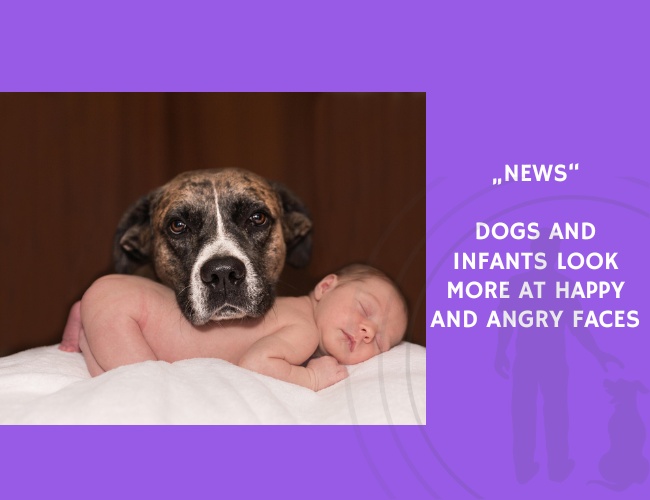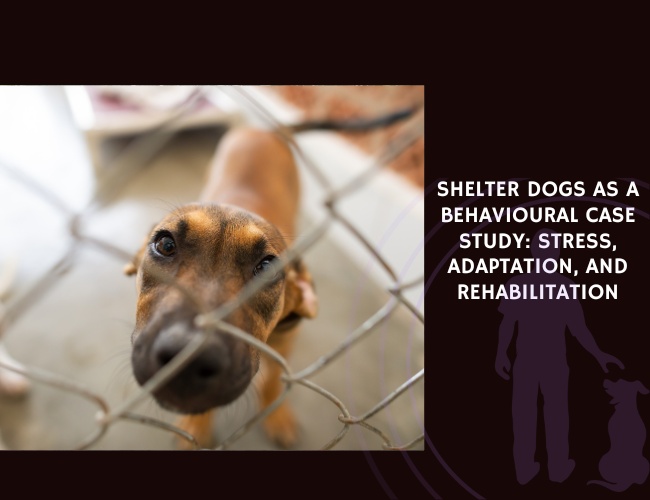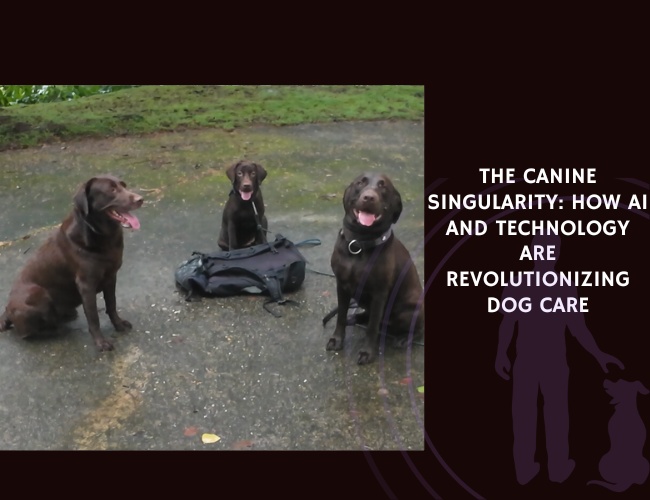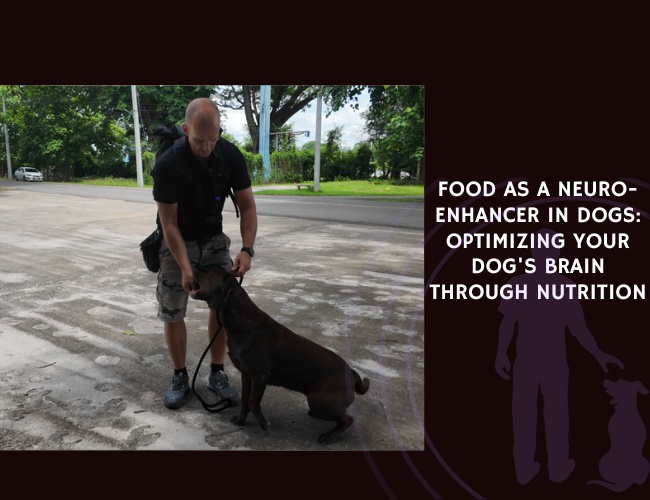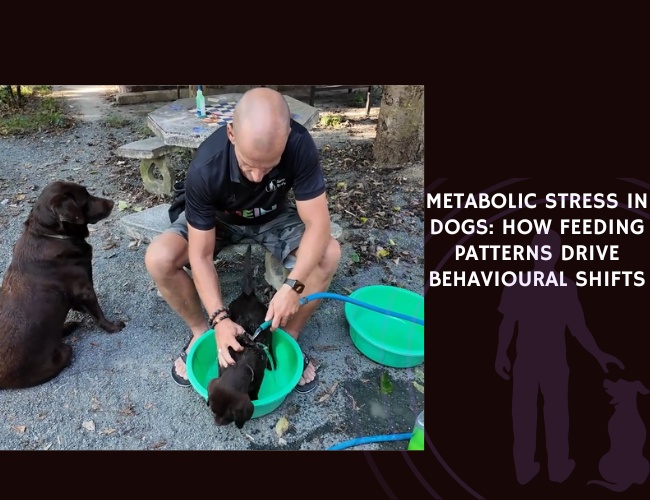Yong & Ruffman (2016) investigated whether domestic dogs and 7-month-old infants share patterns in how they visually attend to human emotional expressions. In the study, 52 dogs and 24 infants were simultaneously shown two human faces of the same gender expressing different emotions, while listening to an emotional voice that matched one of the faces.
Contrary to expectations, neither dogs nor infants consistently looked longer at the matching emotional stimulus. However, both groups displayed a clear and identical tendency to look less at sad faces when paired with happy or angry ones. Interestingly, they showed no preference for happy versus angry faces, suggesting that the bias lies in avoiding sadness rather than favoring a particular positive or negative expression.
This finding suggests that dogs and infants may share an evolutionarily conserved attentional bias toward more socially salient emotions—happiness and anger—while showing relative disinterest in sadness. Such attentional patterns may play a role in early social development and interspecies communication.
Source: Yong, M., & Ruffman, T. (2016). Domestic Dogs and Human Infants Look More at Happy and Angry Faces Than Sad Faces. Journal: Multisensory Research, Volume 29, Pages 749–771. Publication Date: 2016. Authors: M. Yong, T. Ruffman. References: 64. Citations: 5.

